If you're gearing up for epic powder days this winter, choosing the right skis can make or break your experience. Whether you're carving through Utah's Wasatch Mountains or navigating Colorado's backcountry, having skis designed for deep snow is key. Here's the quick takeaway:
- Snowfeet Skiblades 99 POWDER: Compact, lightweight, and beginner-friendly, these 99 cm skiblades are perfect for tight turns and easy transport. At $490, they’re a game-changer for all skill levels.
- Peak 110 by Bode: A more traditional option, great for wide-open powder fields but less portable and beginner-friendly. Priced at $650.
- Dynastar M Free 108: Solid all-mountain powder ski for intermediates and up. Costs $599 but lacks the agility of shorter designs.
- Armada ARW 112: Freestyle-focused, ideal for advanced skiers. Expect to pay between $850 and $975.
- Volkl Revolt 114: Built for deep snow and high speeds, but its bulk makes it less agile. Priced at $629.
Bottom line: The Snowfeet Skiblades 99 POWDER stand out for their portability, ease of use, and performance in tight, technical terrain. They're perfect for skiers of all levels who want fun without the hassle of bulky gear. Below, you'll find a detailed breakdown of each option.
The BEST Powder Skis You Can Buy: 2025
1. Snowfeet* Skiblades 99 POWDER (99 cm)
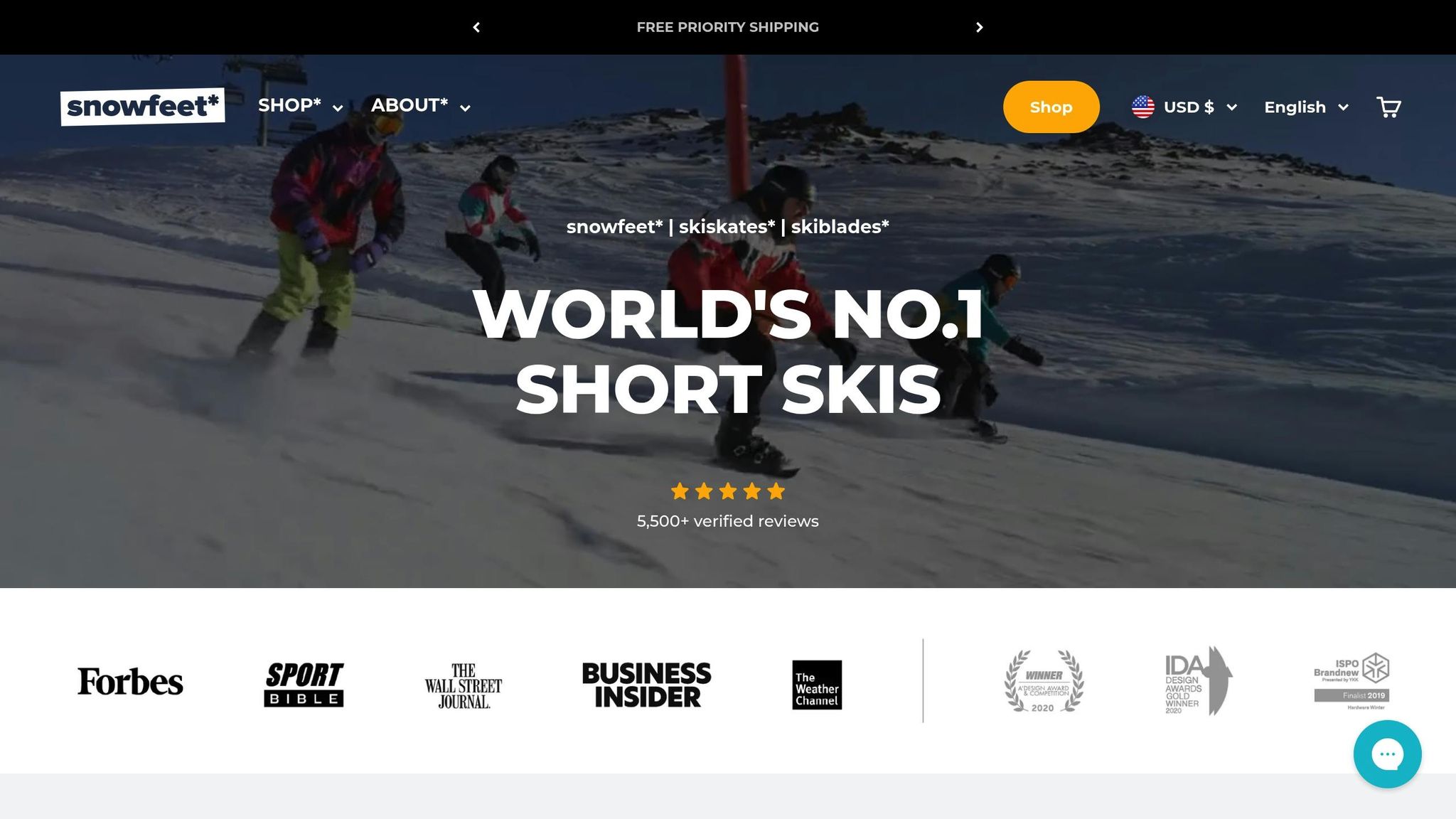
The Snowfeet* Skiblades 99 POWDER bring a fresh take to powder skiing, combining excellent float in deep snow with unmatched portability. At just 39 inches (99 cm) long and weighing only 3.3 pounds per ski, they pack a serious punch without the bulk of traditional skis.
For comparison, most powder skis are over 67 inches long and weigh upwards of 5.5 pounds. Snowfeet* skips the extra weight and length, focusing instead on agility. The wide profile ensures plenty of surface area for floatation, while the rockered tips help you glide through powder without worrying about nose-dives.
Portability
One of the biggest perks of these skiblades is how easy they are to transport. Unlike trying to fit a pair of 180 cm Salomon QST skis into your car (a real struggle), these 99 cm skiblades fit neatly into most car trunks - and even some larger backpacks. Say goodbye to roof racks, oversized ski bags, and complicated storage solutions. Their compact size makes spontaneous trips to the mountains a breeze, without compromising performance on the slopes.
Terrain Use
These skiblades shine in deep powder and soft snow, making them perfect for tight tree runs and glades. Their shorter length allows for quick, precise turns that full-length powder skis - better suited for high-speed carving on groomed runs - just can't pull off. If you love weaving through tight spaces, these are a game-changer.
Skill Level Requirements
Another standout feature? They’re incredibly beginner-friendly. Unlike many powder skis that require advanced skills to handle, the Snowfeet* Skiblades 99 POWDER are designed for everyone, from first-timers to seasoned pros. Their lightweight build and shorter length make it easier for new skiers to master balance and edge control, while experienced riders will love the playful, surf-like feel in deep snow.
Performance in Deep Snow
Don’t be fooled by their compact size - these skiblades hold their own in powder. The wide waist and rockered tips deliver excellent floatation and responsive handling, letting you make quick adjustments on tricky terrain. At $490, they’re an affordable alternative to traditional powder skis, which usually cost between $700 and $1,200. With a blend of accessibility, convenience, and serious fun, the Snowfeet* Skiblades 99 POWDER are ready to make your powder days unforgettable.
2. Peak 110 by Bode
The Peak 110 by Bode is your classic powder ski - reliable and sturdy. But when it comes to portability and agility, it doesn’t quite match up to the lightweight and nimble Snowfeet* Skiblades. Let's break it down.
Portability
Transporting the Peak 110 takes some effort. Its larger size means you’ll need a roof rack or an oversized bag to haul it around. Compare that to the grab-and-go ease of Snowfeet*, and it’s clear which one wins on convenience.
Terrain Use
The Peak 110 shines on wide-open powder bowls and groomed runs, where its traditional design feels right at home. But when you hit tighter, more technical terrain, it’s a different story. Its size and rigidity make quick, precise movements harder, leaving it a step behind the surfy, agile feel of Snowfeet*. If you’re looking for something nimble, this ski might not be your best bet.
Skill Level Requirements
This ski is geared toward intermediate to advanced skiers. Its size and traditional setup can be a bit much for beginners, who might find it tricky to control. In contrast, Snowfeet* offers a more approachable option for those just starting out.
Performance in Deep Snow
While the Peak 110 can handle deep snow, it doesn’t deliver the same effortless, playful ride that Snowfeet* models are known for. It feels heavier and less thrilling by comparison, making it a less exciting choice for powder enthusiasts.
3. Dynastar M Free 108
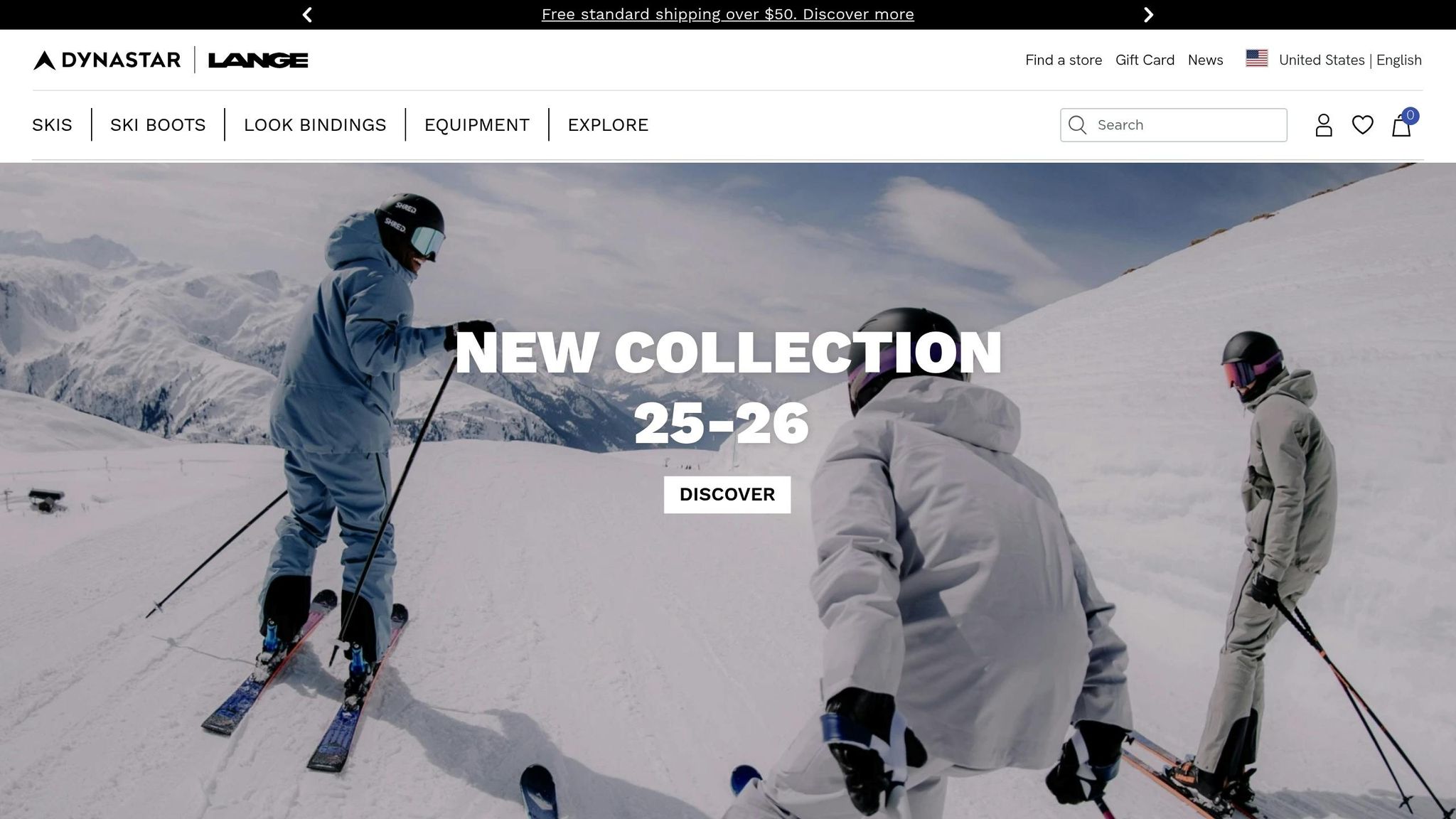
The Dynastar M Free 108 is your classic all-mountain powder ski. It’s built for solid, reliable performance on wide-open slopes and traditional resorts. But when you compare it to the compact and innovative Snowfeet*, the differences are hard to miss. Let’s break it down to see how the M Free 108 measures up against Snowfeet*'s unique design.
Portability
The M Free 108’s larger size means you’ll need more storage space and a bit of planning to transport them. Snowfeet*, on the other hand, are lightweight and easy to carry - no extra hassle.
Terrain Use
These skis shine in open powder fields, but their longer length can make tight spots like tree runs or moguls tricky. Snowfeet*? They’re all about agility, making them perfect for weaving through technical terrain with ease.
Skill Level Requirements
The M Free 108 is geared toward intermediate to advanced skiers who are comfortable on more challenging runs. Snowfeet* flips the script by being beginner-friendly, offering an accessible way to hit the slopes without a steep learning curve.
Performance in Deep Snow
While the M Free 108 holds its own in deep snow, its traditional build feels a bit heavier and demands more effort. Snowfeet* provides a lighter, more dynamic experience, giving you that effortless float over powder that’s hard to beat.
4. Armada ARW 112
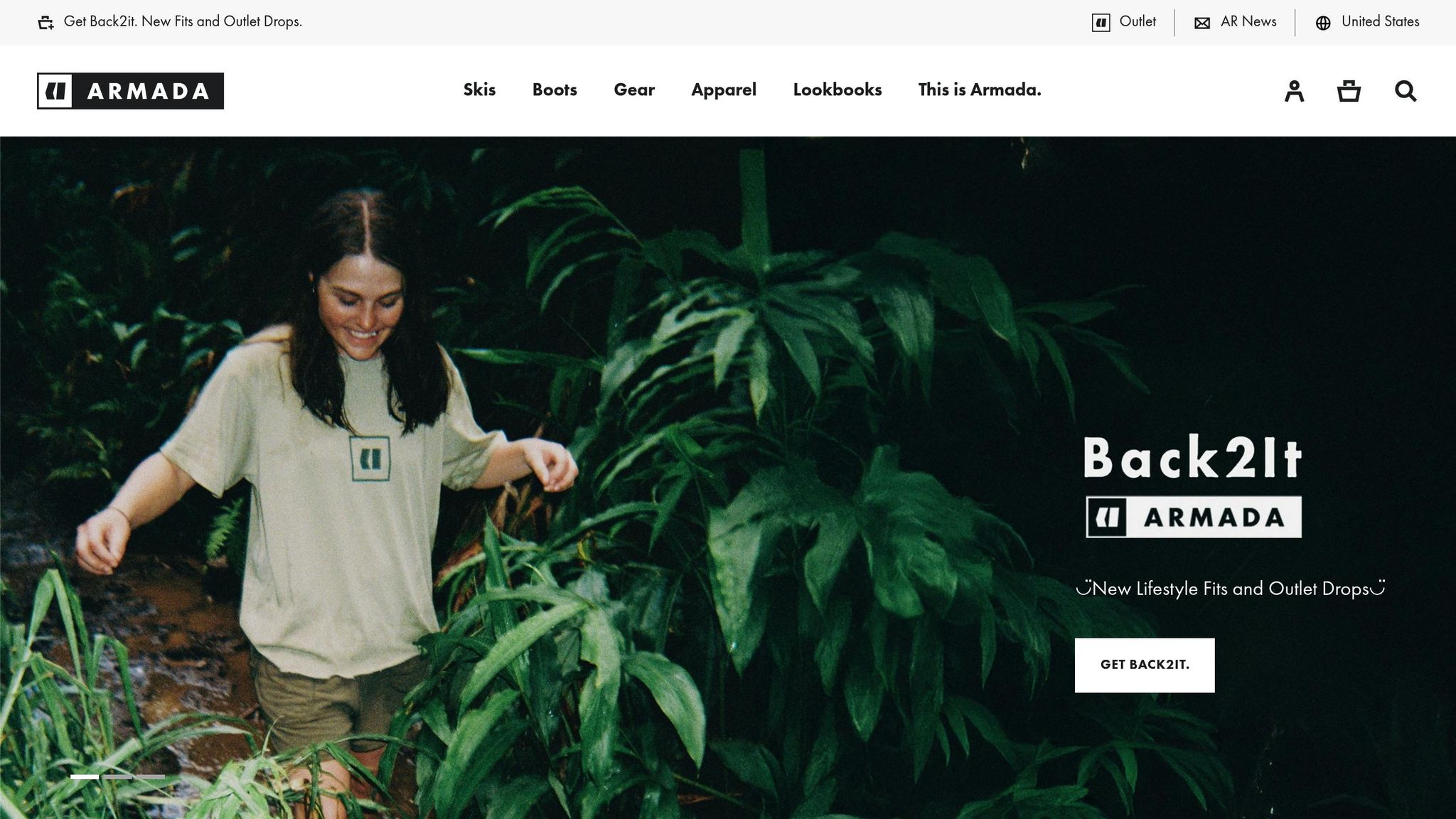
The Armada ARW 112 is all about bringing freestyle flair to powder skiing. With a price tag between $850 and $975, this ski is aimed at riders who want a playful, fun experience in deep snow. But when you compare it to Snowfeet*’s compact and innovative design, some key differences stand out.
Portability
The ARW 112, with its full-length ski construction, requires traditional transport options like ski racks or bags. While it has a lightweight core, the longer design doesn’t make it easy to carry around. Snowfeet*, on the other hand, completely sidesteps these challenges with its ultra-compact 99 cm build. This portability not only makes Snowfeet* convenient to transport but also enhances its versatility across different terrain.
Terrain Use
With a 112 mm waist and a rocker profile, the ARW 112 is built for open powder fields. It delivers a surfy, poppy ride that testers have raved about. As one reviewer from Newschoolers.com put it:
"Armada have the poppy, surfy rocker profile dialed with these and they were a lot of fun on smaller drops and in all kinds of soft snow. Our testers particularly loved how easily these skis turned in the deep stuff." - Newschoolers.com
However, its longer design can feel bulky in tight tree runs or technical sections where quick turns are key. That’s where Snowfeet* shines. Its shorter, compact frame offers unmatched agility, making it a standout choice for navigating tricky terrain with ease.
Skill Level Requirements
The ARW 112 is best suited for seasoned skiers who know their way around deep snow and freestyle tricks. In contrast, Snowfeet* offers a more beginner-friendly option without sacrificing performance, making it accessible to a broader range of users.
Performance in Deep Snow
When it comes to powder, the ARW 112 scores 7.9 for flotation and 8.6 for playfulness. Its wide base and rocker profile let it float effortlessly, and the lightweight construction helps keep fatigue at bay during long days in the snow. Abigail Baronnian, senior editor at Outside, summed it up perfectly:
"This is a beauty of a pow ski that hits all the right marks. It has float, playfulness, and surf-i-ness while being surprisingly versatile on firm and skied-out snow. It's also very intuitive - it's easy to turn and easy to get on edge." - Abigail Baronnian, Outside senior editor
While the ARW 112 excels in powder, its traditional ski design demands more effort compared to the nearly effortless ride of Snowfeet*. In mixed conditions, Snowfeet*’s compact design proves to be a game-changer, offering a smooth and nimble experience.
sbb-itb-17ade95
5. Volkl Revolt 114
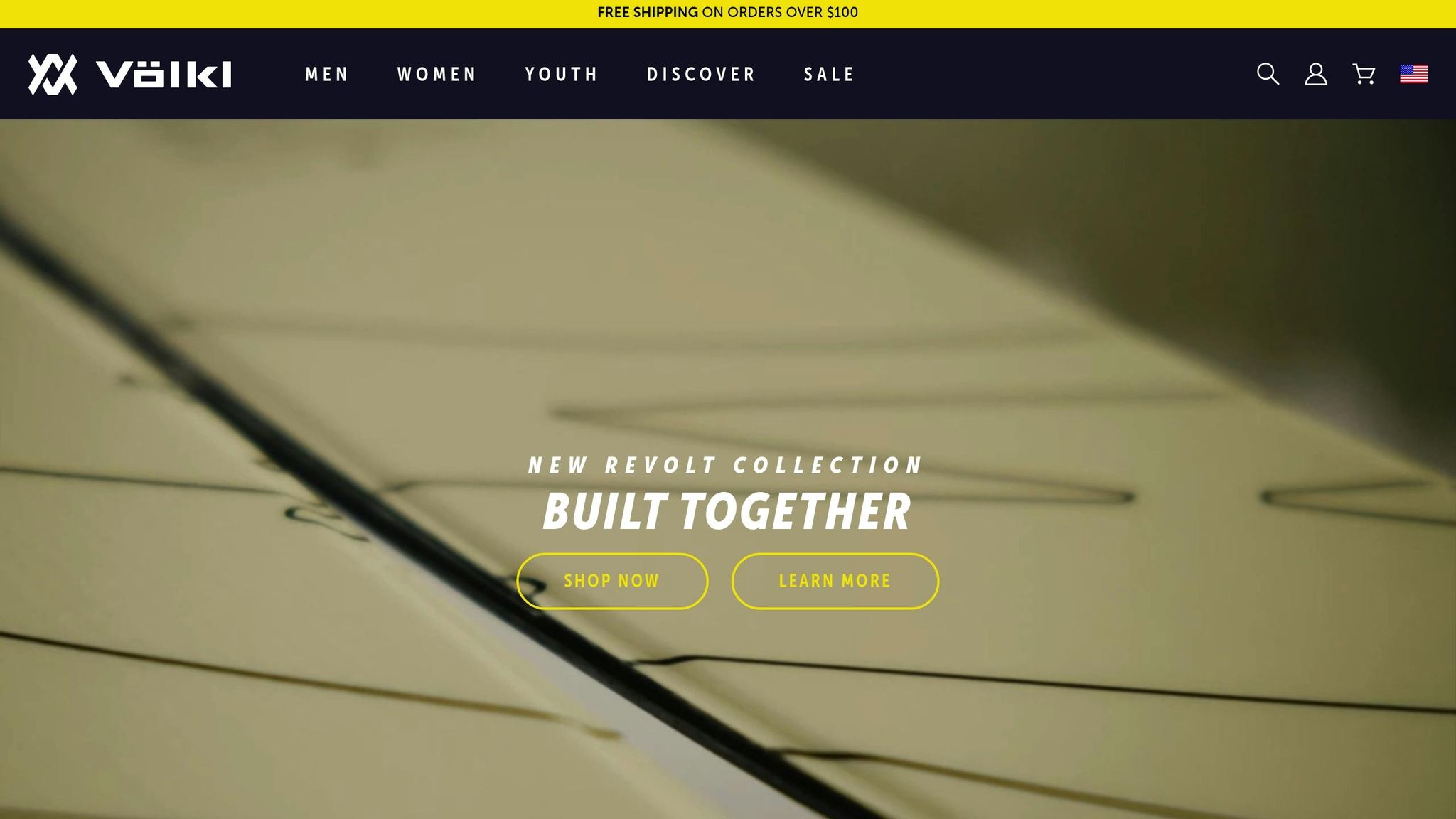
The Volkl Revolt 114 is a well-regarded powder ski, especially among seasoned skiers, thanks to its ability to float effortlessly in deep snow. But when you put it side by side with Snowfeet*’s modern approach to powder skiing, the differences in design and usability become pretty clear.
Portability
Let’s face it - lugging around full-length skis like the Revolt 114 can be a hassle. You’ll probably need a roof rack, and traveling with them isn’t exactly a breeze. On the other hand, Snowfeet*’s compact design changes the game. It’s lightweight, easy to carry, and makes traveling with your gear a whole lot simpler.
Terrain Use
The Revolt 114 shines in wide-open powder bowls and backcountry runs, where its full-length design helps it glide through deep snow. But when you venture into tighter, more technical terrain, it’s not as nimble. Quick turns and rapid direction changes can feel like a challenge. Snowfeet*, with its compact and agile build, excels in these situations, proving that smaller gear can handle big mountain demands with ease.
Skill Level Requirements
The Revolt 114 is tailored for advanced skiers who can handle its performance quirks, especially in varying snow conditions. It’s not exactly beginner-friendly. Snowfeet*, however, offers an intuitive design that’s approachable for a wider range of skiers. Whether you’re a seasoned pro or just starting out, its user-friendly control makes powder skiing more accessible to everyone.
Performance in Deep Snow
There’s no denying that the Revolt 114 performs well in deep snow, offering solid flotation and stability at higher speeds. But Snowfeet* brings something different to the table. Its compact design and innovative geometry deliver impressive flotation and playful maneuverability, making it a versatile choice for various conditions. Snowfeet* continues to challenge traditional ski designs, setting a new benchmark for what powder skiing can look like.
Comparison Table
Here’s a quick look at how the top five powder skis stack up against each other:
| Model Name | Length (cm) | Weight (lbs) | Portability | Terrain Use | Skill Level | Price (USD) | Key Features |
|---|---|---|---|---|---|---|---|
| Snowfeet* Skiblades 99 POWDER | 99 | 6.2 | Excellent – Fits in a backpack; no roof rack needed | All-mountain, tight trees, powder bowls, terrain parks | Beginner to Advanced | $490 | Ultra-portable; quick edge-to-edge response; works with regular winter boots; compact design |
| Peak 110 by Bode | 180–190 | 8.9 | Poor – Requires a roof rack and bulky transport | Open powder bowls, backcountry | Advanced | $650 | Traditional rocker profile; carbon fiber construction; wide platform |
| Dynastar M Free 108 | 172–188 | 9.4 | Poor – Standard ski transport challenges | All-mountain powder, groomed runs | Intermediate to Advanced | $599 | Hybrid construction; versatile flex pattern; conventional ski length |
| Armada ARW 112 | 176–192 | 9.1 | Poor – Full-size ski limitations | Deep powder, backcountry exploration | Advanced | $679 | Wide waist; poplar core; freestyle-oriented design |
| Volkl Revolt 114 | 177–191 | 8.7 | Poor – Traditional ski transport issues | Open powder terrain, high-speed runs | Advanced | $629 | Full rocker profile; lightweight wood core; flotation-focused |
The table highlights how Snowfeet* is shaking up the powder skiing game with its lightweight, compact design and unmatched convenience. Unlike traditional skis that demand extra gear like roof racks and can be a hassle to transport, Snowfeet* offers a grab-and-go solution that’s perfect for skiers who want simplicity without sacrificing performance.
What’s even more impressive is how Snowfeet* caters to all skill levels, from beginners to seasoned pros. This is a big departure from the usual advanced-only focus of traditional powder skis. Thanks to its reduced weight and innovative design, Snowfeet* cuts down on fatigue and makes it easier to maneuver, giving skiers of all levels a fun and dynamic experience in deep snow. Whether you're carving through tight trees or hitting open powder bowls, Snowfeet* delivers performance without the bulk.
Conclusion
The 2025 market offers plenty of choices, but one model stands out from the crowd. While traditional powder skis like the Peak 110 by Bode, Dynastar M Free 108, Armada ARW 112, and Volkl Revolt 114 continue to perform well in deep snow, they come with a downside: bulkier designs that can make transport and handling a hassle.
Enter the Snowfeet* Skiblades 99 POWDER. These skiblades flip the script on powder skiing with their compact 99 cm length (about 39 inches). Who says bigger is always better? Snowfeet* ditches the traditional bulk, offering a design that’s easy to carry - yes, even in a backpack.
But portability isn’t the only win here. Snowfeet* makes powder skiing more approachable for beginners while still delivering performance that advanced skiers will appreciate. It’s a fresh take that lowers the barrier to entry without sacrificing fun or functionality.
"The idea of longer skis offering superior stability and speed is a myth."
- Zbynek and Michael, Snowfeet's founders
Whether you’re weaving through tight trees, cruising across open bowls, or tackling mixed snow conditions, compact skis like these give you unmatched agility and freedom. At $490, the Snowfeet* Skiblades 99 POWDER aren’t just a choice - they’re a game-changer for deep snow adventures in 2025 and beyond.
FAQs
How do Snowfeet Skiblades 99 POWDER compare to traditional skis for beginners in deep snow?
Snowfeet Skiblades 99 POWDER: A Beginner-Friendly Option for Powder Skiing
Snowfeet Skiblades 99 POWDER are a fantastic pick for beginners eager to tackle deep snow without the challenge of mastering traditional skis. Measuring just 39 inches (99 cm), these skiblades are much easier to handle, especially for those new to powder skiing. Unlike traditional skis, which can stretch 5 to 6 feet long and feel overwhelming, the shorter length of these skiblades helps minimize speed wobble and boosts stability - key for building confidence on the slopes.
Another big plus? They're lightweight and super portable, so you can easily take them wherever your snowy adventures lead. The added rocker design makes controlling them a breeze, letting beginners glide smoothly through powder without feeling out of their depth. If you're looking for a fun and approachable way to enjoy deep snow, Snowfeet Skiblades 99 POWDER are a great alternative to full-size skis.
Why choose compact skiblades like Snowfeet over traditional powder skis for deep snow adventures?
Compact skiblades like Snowfeet are making waves in the world of deep snow adventures thanks to their lightweight design, simplicity, and versatility. Their small size means you can easily toss them in a backpack or carry them by hand, whether you’re trekking to a remote backcountry spot or weaving through narrow trails. Unlike traditional skis that can feel bulky and awkward, Snowfeet skiblades are perfect for those spur-of-the-moment trips or quick setups.
When it comes to deep snow, these skiblades shine with their superb control and nimbleness, letting you make sharp turns and precise moves effortlessly. They’re also a great option for beginners or casual skiers who might feel overwhelmed by the size and weight of full-length skis. While traditional skis have their place for speed and long-distance stability, Snowfeet focuses on fun, freedom, and convenience - perfect for anyone wanting to enjoy powder days without lugging around heavy gear.
Are the Snowfeet Skiblades 99 POWDER suitable for all types of terrain, or are they best for deep snow?
The Snowfeet Skiblades 99 POWDER are built for those who crave the thrill of powder and off-piste skiing. These skiblades are your go-to for deep snow adventures, offering a design that thrives in soft, fluffy conditions. But that's not all - they’re surprisingly versatile. With their lightweight construction, parabolic shape, and rocker design, they can handle more than just powder. Groomed runs and moderate trails? No problem.
While their true magic comes alive in deep snow, they’re agile and easy to control on harder, compact surfaces too. This means you can tackle a variety of slopes without missing a beat.







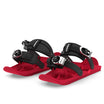
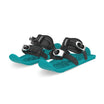












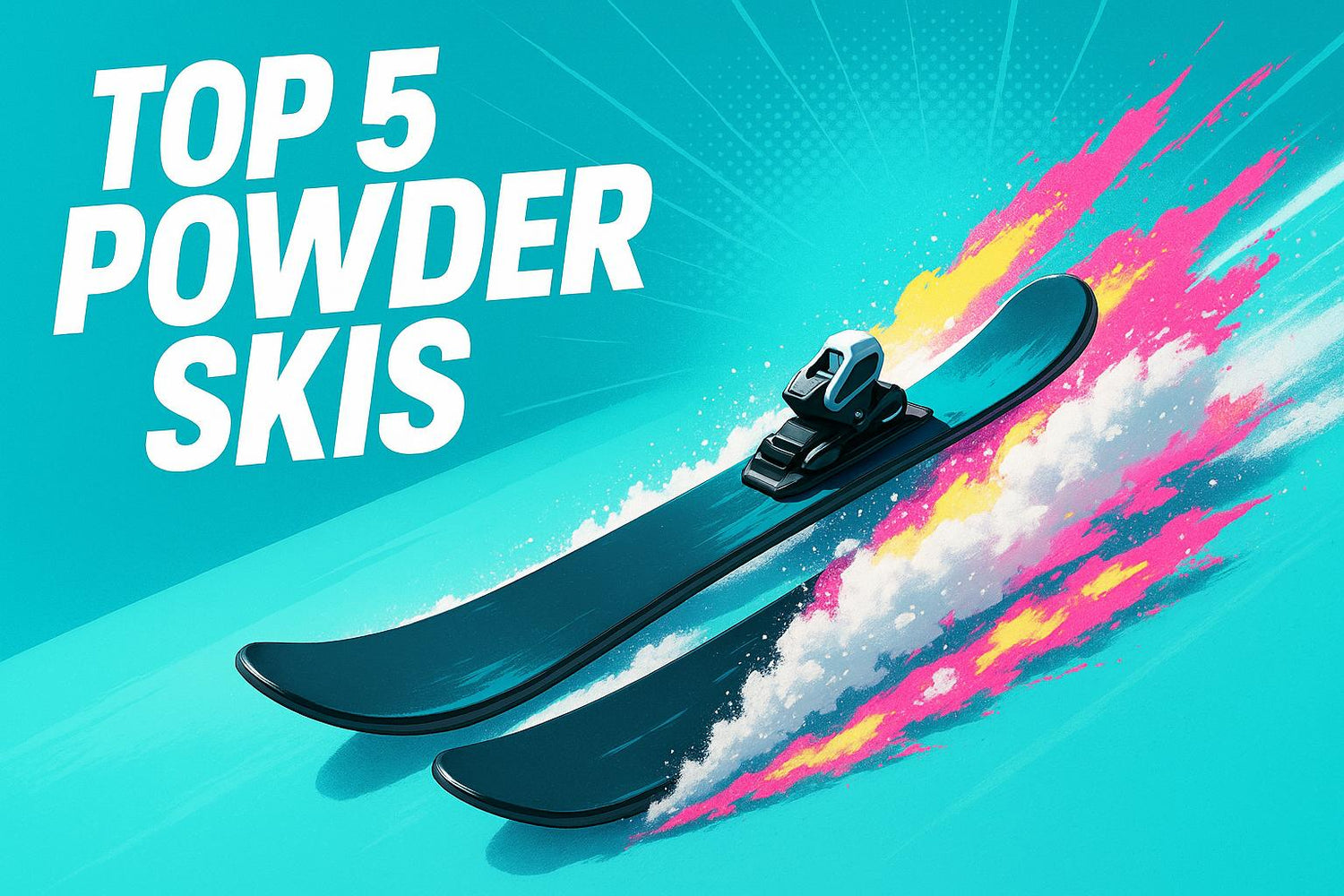
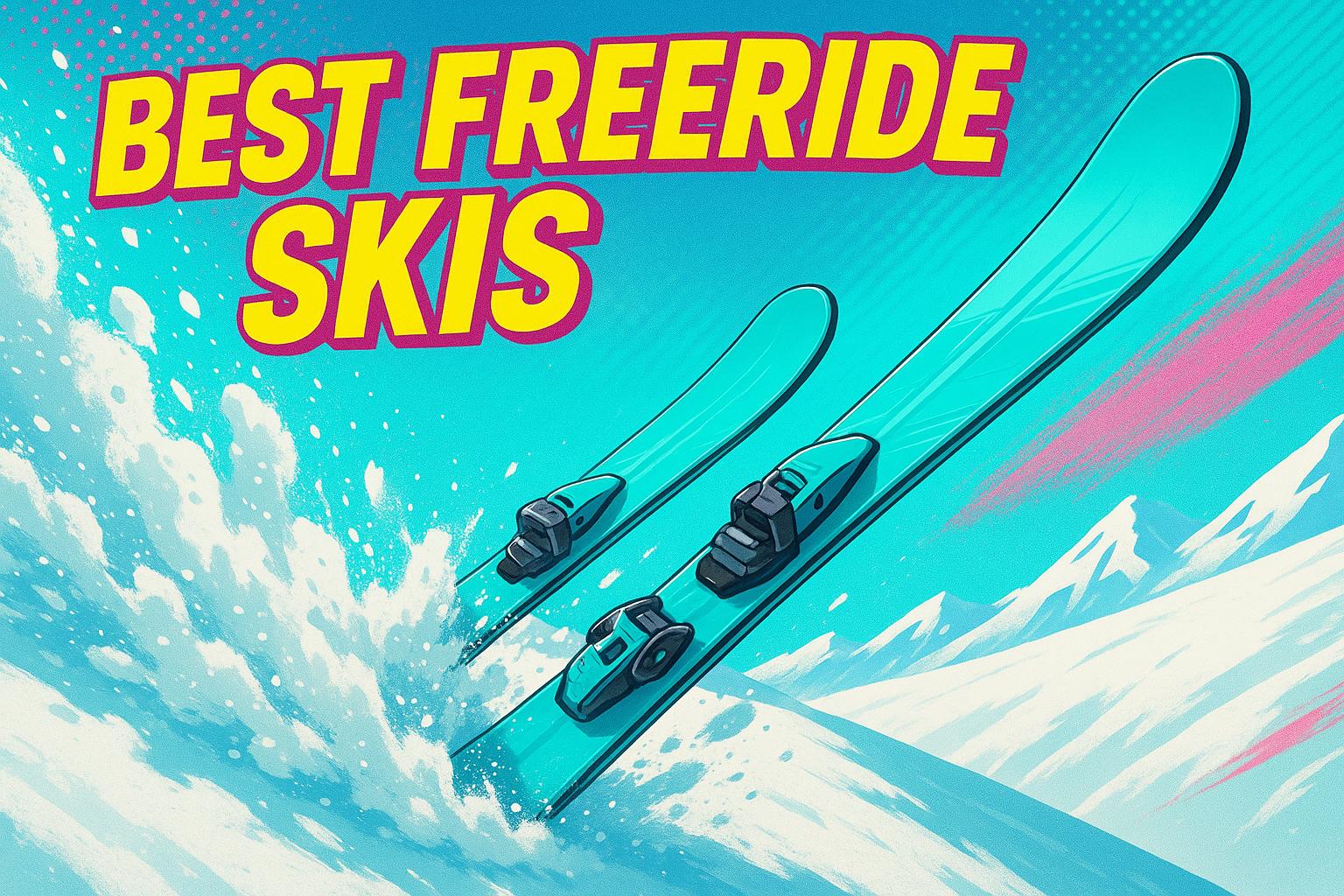
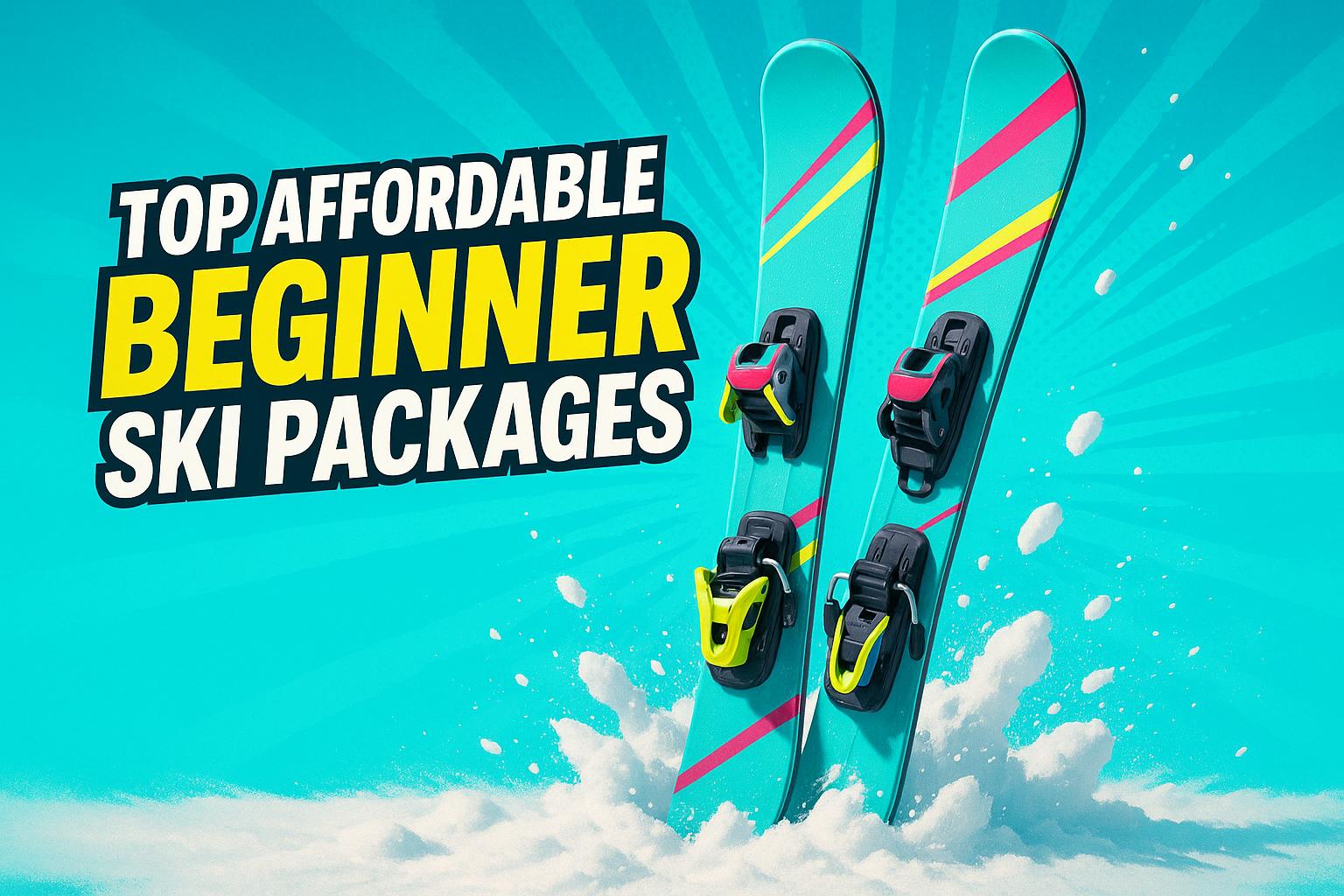




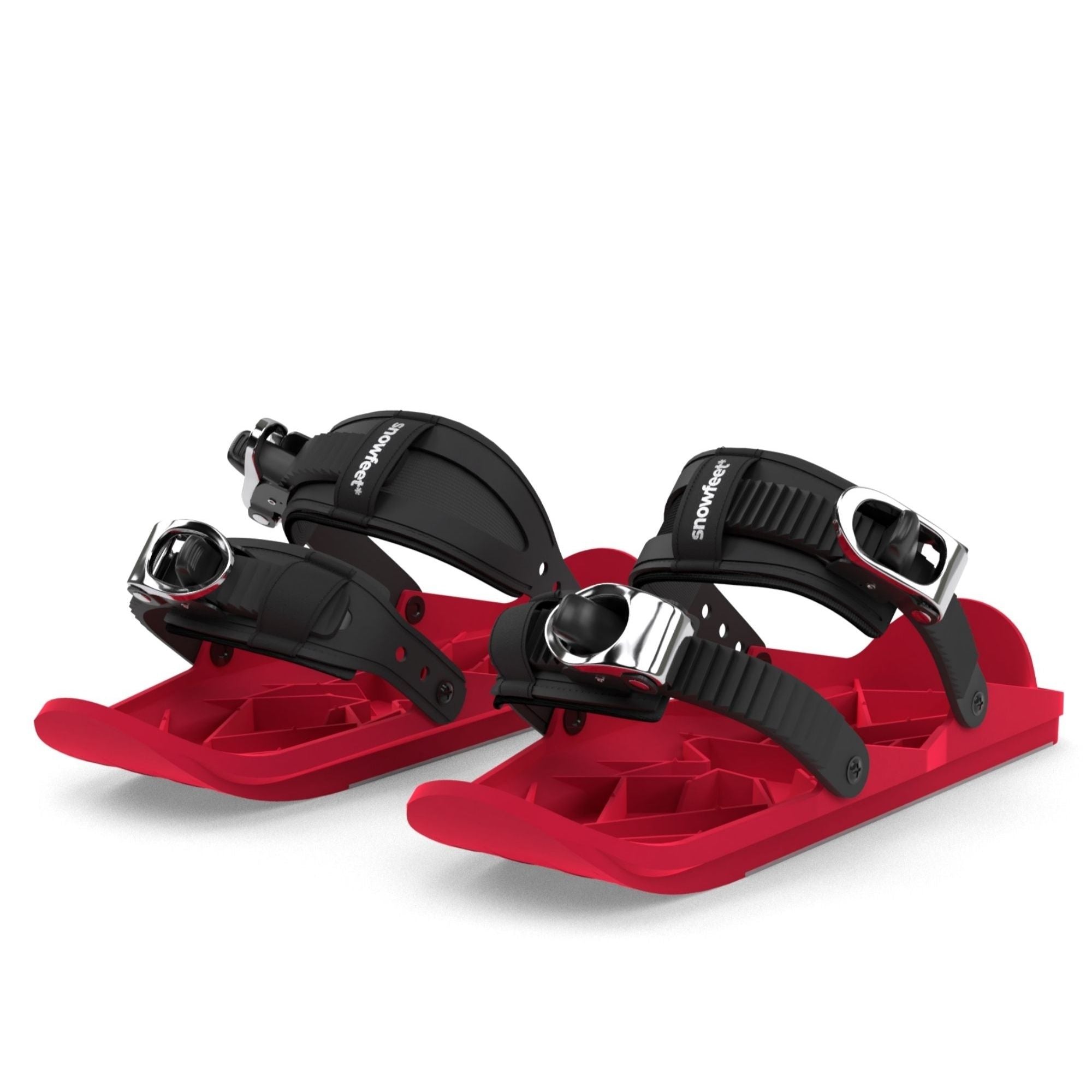
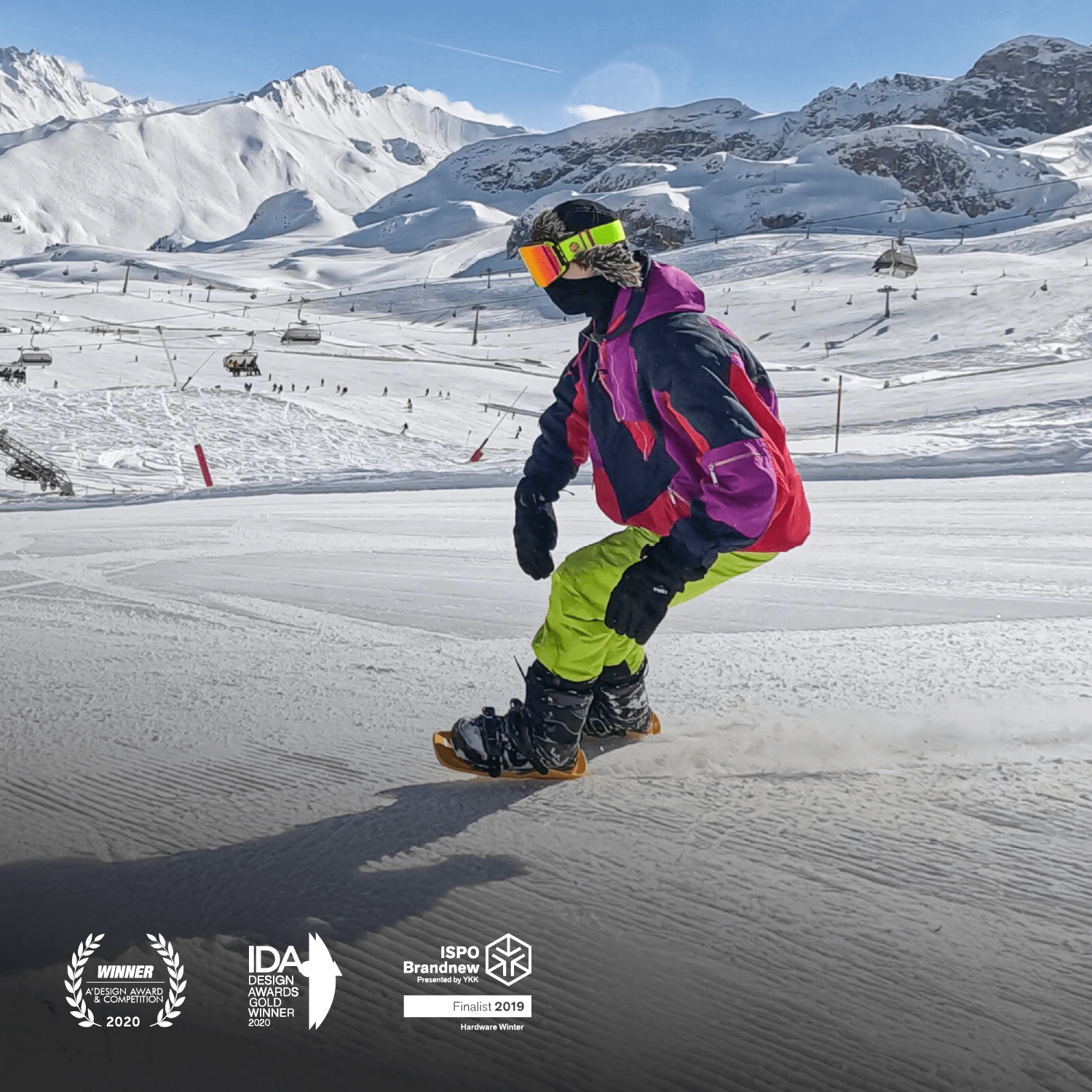




Leave a comment
This site is protected by hCaptcha and the hCaptcha Privacy Policy and Terms of Service apply.